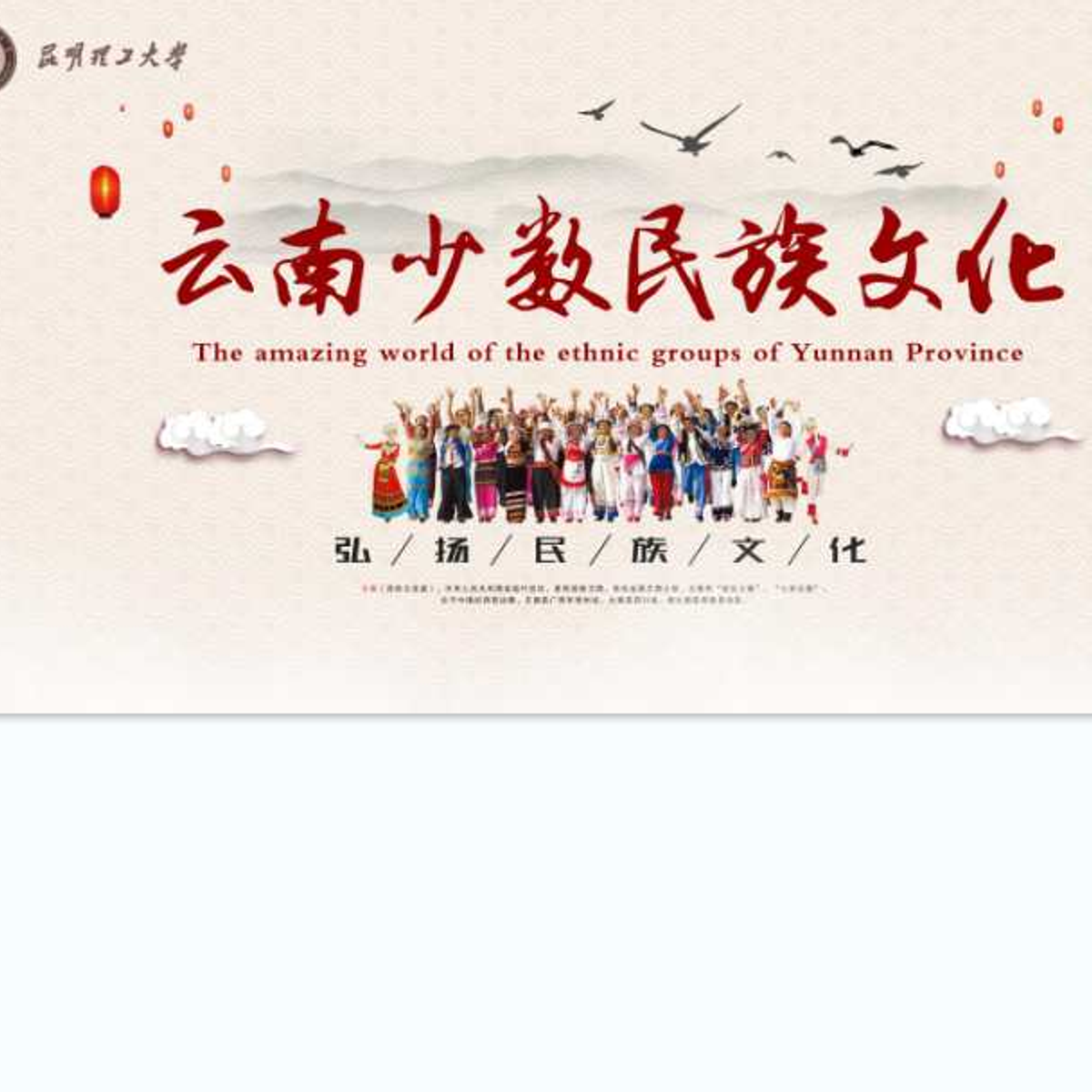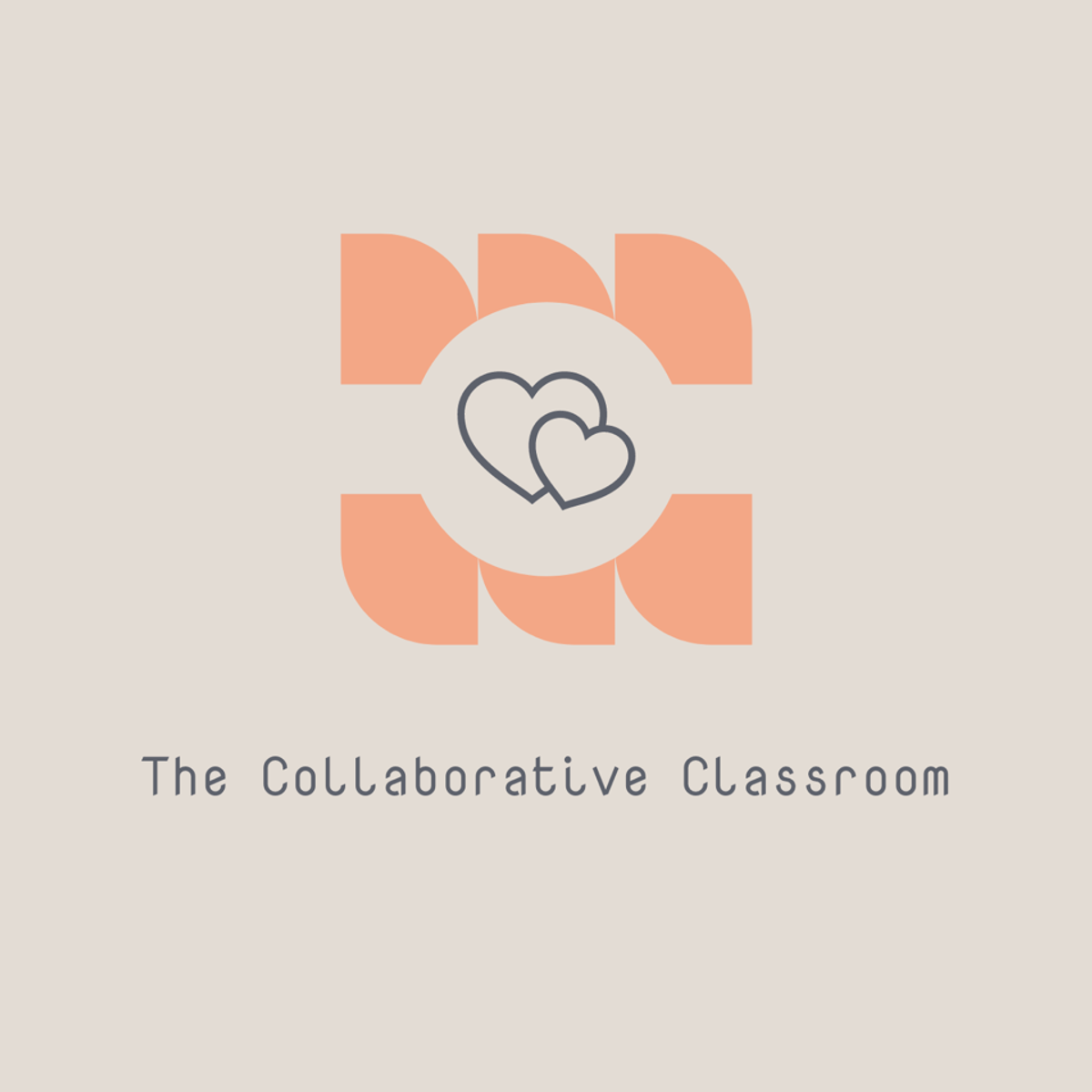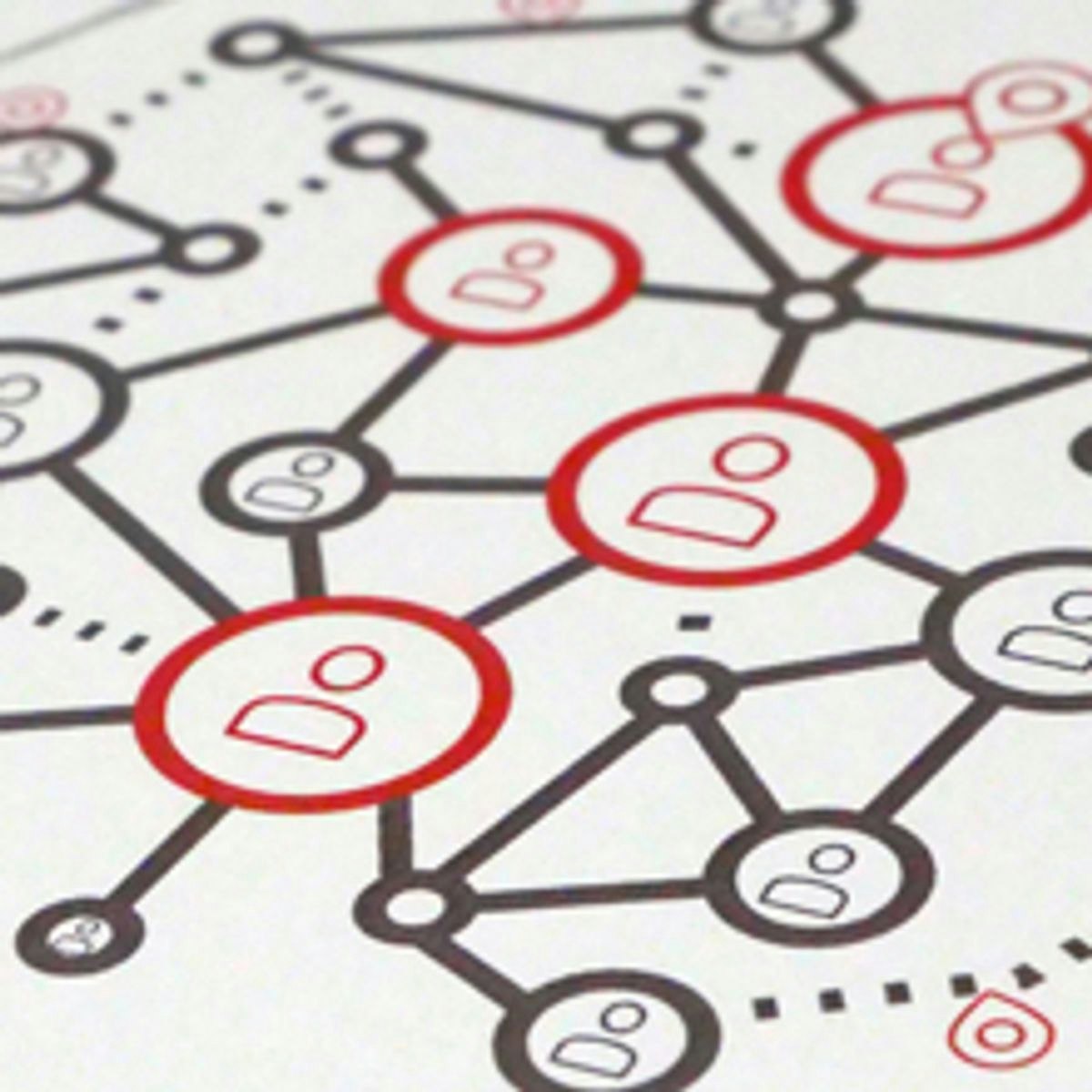Back to Courses









Education Courses - Page 24
Showing results 231-240 of 264

SEL for Students: A Path to Social Emotional Well-Being
Social and emotional learning, or SEL, programs have flourished in schools during the last decade. In this course the instructor (Emily Price) introduces you to the history and framings of social and emotional learning preK-12 curricula, as well as various elementary, middle, and high school SEL programs and associated research.
This course is a part of the 5-course Specialization “The Teacher and Social Emotional Learning (SEL)”. Interested in earning 3 university credits from the University of Colorado-Boulder for this specialization? If so check out "How you can earn 3 university credits from the University of Colorado-Boulder for this specialization" reading in the first module of this course for additional information.
We want to note that the courses in this Specialization were designed with a three-credit university course load in mind. As a participant you may notice a bit more reading content and a little less video/lecture content. Completing and passing the SEL Specialization allows the participant to apply for 3 graduate credits toward teacher re-certification and professional enhancement. We want to ensure the quality and high standards of a University of Colorado learning experience.
Interested in earning 3 graduate credits from the University of Colorado-Boulder for The Teacher and Social Emotional Learning (SEL) Specialization? Check out "How you can earn 3 university credits from the University of Colorado-Boulder for this specialization" reading in the first week of this course for more information.

Race and Cultural Diversity in American Life and History
Learners will deepen their understanding and appreciation of ways in which race, ethnicity and cultural diversity have shaped American institutions, ideology, law, and social relationships from the colonial era to the present. Race and ethnicity are ideological and cultural categories that include all groups and individuals. Hence, this course is designed in significant part to take a broad look at the ideology of race and cultural diversity in America’s past and present. The primary focus is on the historical and social relationships among European Americans, Native Americans, African Americans, Latino/as, and Asian/Pacific Americans. Issues of race and ethnicity are examined across different ethno-cultural traditions in order to interweave diverse experiences into a larger synthesis of the meaning of race and ethnicity in American life. In this course, we conceive of “race” and “diversity” as references to the entire American population, even as we recognize that different groups have unique historical experiences resulting in distinctive and even fundamental cultural differences. We treat race and ethnicity as dynamic, complex ideological and cultural processes that shape all social institutions, belief systems, inter-group relationships, and individual experiences.

Value-Based Care: Population Health
COURSE 2 of 7. This course is designed to introduce you to the concept of population health and related key terms. Refine your understanding of population health and what influences health care costs. Gain an overview of population health management, beginning with a high-level review of four critical areas: addressing behavioral and social determinants of health, the prevalence of chronic disease, attributes of an aging population, and key barriers of access to health care. Use the Population Health Pyramid to organize a care delivery system to meet the needs of population groups—all with an eye towards achieving better outcomes through the fundamental premise of value-based care. In the summative assignment, bring together the elements of a community health assessment and community health improvement plan into a logical and organized whole by selecting a particular community that is important to you, applying data, and determining relevant assets.

The amazing world of the ethnic groups of Yunnan Province
Yunnan, abbreviated as Yun and called Dian for short, is a multi-ethnic province which has historically been situated in the southwest frontier of China. Over time, the ethnic minorities evolved into splendid cultures, each with their own unique social life, religious beliefs and customs. The course is taught in English and provides an introduction to 25 ethnic minorities in Yunnan Province, namely the Yi, Bai, Hani, Dai, Zhuang, Miao, Hui, Lisu, Lahu, Wa, Naxi, Yao, Jingpo, Tibetan, Bulang, Buyi, Achang, Pumi, Mongolian, Nu, Jinuo, De'ang, Shui, Man and Dulong nationalities. By participating in this course, you will gain fascinating insights into the culture of each ethnic group as we look in turn together at their geographical location, population distribution, language, costumes and diet, festivals and holidays, religious beliefs, literature and art, etc. This course aims to improve your English and bring these amazing people groups in Yunnan Province to life. we are sure you will thoroughly enjoy this course.

Inspire Student Learning with Showbie
Project Description
Length: 60 minutes
Software needed for Rhyme:
Showbie
By the end of this project, you will be ready to use Showbie to streamline your organization, communication, and teaching. Showbie combines the “essential tools for assignments, feedback and communication in one beautiful, easy-to-use app… this means more time for teaching and learning.” From portfolio building to parent communication, Showbie allows teachers to inspire students and connect parents as meaningful learning experiences are shared and celebrated.
Throughout each task, we will work together to ensure that you are able to use Showbie with your class right away. We will set up your class and practice using each of the tools Showbie provides so that you can achieve success with your class. Whether you teach online or in the classroom, Showbie can help to simplify and streamline your teaching toolbox.

Using the Accessibility Checker Tool in Microsoft Word
By the end of this project, you will be able to conduct a basic accessibility audit of a Word document. You will use tools such as the Word accessibility checker and a color contrast analyzer. You will also be able to identify key components that need to be checked by human eye.

The Place of Music in 21st Century Education
What do children need from education now, and in the future? How is technology best used in teaching and learning? How can innovative approaches to education be reconciled with established, traditional ones? What does student-centred learning really mean?
This five module course is not just for classroom or ensemble music educators. It’s suitable for anyone interested in creativity-infused education, in contemporary education issues, and in the integration and use of digital technology. It’s designed to challenge old paradigms, to inspire innovative and creative pedagogical philosophies, and to develop your ability to critically respond to the latest research.
We’ll visit schools with vastly different approaches to learning and teaching, and meet inspiring teachers and principals. We’ll venture inside the classroom to closely observe how technology is integrated with music education – or how it’s decidedly not!
We’ll talk to international leaders and experts about innovative and traditional approaches to music education, and I’ll provide insights from my own practice as well as from some of my students.
I’ll be provoking you to think critically and creatively, to develop your own ideas and theories around students’ educational needs and the impact of digital technologies, now and into the future.
Copy and paste this link into your browser to watch the trailer:
http://tinyurl.com/music-education-21st-century

Research Data Management and Sharing
This course will provide learners with an introduction to research data management and sharing. After completing this course, learners will understand the diversity of data and their management needs across the research data lifecycle, be able to identify the components of good data management plans, and be familiar with best practices for working with data including the organization, documentation, and storage and security of data. Learners will also understand the impetus and importance of archiving and sharing data as well as how to assess the trustworthiness of repositories.
Today, an increasing number of funding agencies, journals, and other stakeholders are requiring data producers to share, archive, and plan for the management of their data. In order to respond to these requirements, researchers and information professionals will need the data management and curation knowledge and skills that support the long-term preservation, access, and reuse of data. Effectively managing data can also help optimize research outputs, increase the impact of research, and support open scientific inquiry. After completing this course, learners will be better equipped to manage data throughout the entire research data lifecycle from project planning to the end of the project when data ideally are shared and made available within a trustworthy repository.
This course was developed by the Curating Research Assets and Data Using Lifecycle Education (CRADLE) Project in collaboration with EDINA at the University of Edinburgh.
This course was made possible in part by the Institute of Museum and Library Services under award #RE-06-13-0052-13. The views, findings, conclusions or recommendations expressed in this Research Data Management and Sharing MOOC do not necessarily represent those of the Institute of Museum and Library Services.
Hashtag: #RDMSmooc

Designing Learning Innovation
Where to start to innovate your teaching? But before that, what does it mean to innovate in the classroom? Designing Learning Innovation aims to put the designing culture at the service of learning innovation, supporting those who do not have a specific pedagogical background and those who wish to learn the basic tools of a good teaching design then to continue exploring the frontiers of innovation.
A set of logical and methodological tools to innovate teaching, finding the most suitable approaches with one’s own vision of the teaching-learning experience.
INTENDED LEARNING OUTCOMES (ILOs)
If you actively participate in this course, at the end you will be able to:
Use basic theoretical-methodological tools (such as Constructive Alignment and the Learning Innovation Network) to enhance teaching coherence between learning objectives, assessment methods and learning experiences;
apply pedagogical frameworks of the active learning methodology to the design either an individual teaching module or an entire teaching path;
evaluate advantages and disadvantages, in the field of your own teachings, of traditional evaluation approaches compared to the new assessment strategies, in particular those oriented to the formative evaluation;
apply simple strategies for managing the active class in small, medium and large classrooms;
designing and producing quality teaching materials also enhancing the availability of “Open Educational Resources”.
THE MOOC-BOOK: MATERIALS AND ACTIVITIES
The MOOC is realized in a strongly integrated way with the book “Designing Learning Innovation” published by Pearson (the english version is the translation of the italian one already published and accessible here https://www.ibs.it/designing-learning-innovation-ebook-inglese-susanna-sancassani/e/9788891926067)
In the course you will find video lessons and infographic articulated as in the book. You will also encounter different types of activities which will contribute to make your experience richer and more complete.

Create Engaging Presentations with Easelly
By the end of this project, you will have created an engaging infographic to share learning material with your students. You will be fully confident in how to use Easelly to create and modify infographics, equipping you to use Easelly with students in order to provide technology and presentation tools for student success. If you are looking for a user friendly tool that will result in professional looking products - Easelly is for you. Let’s get started and create incredible content together!
*You will need a free Easelly account for this project.
Popular Internships and Jobs by Categories
Find Jobs & Internships
Browse
© 2024 BoostGrad | All rights reserved